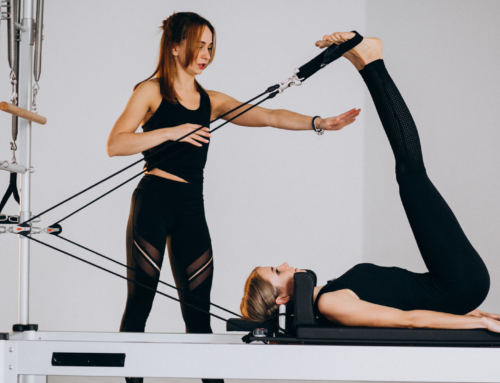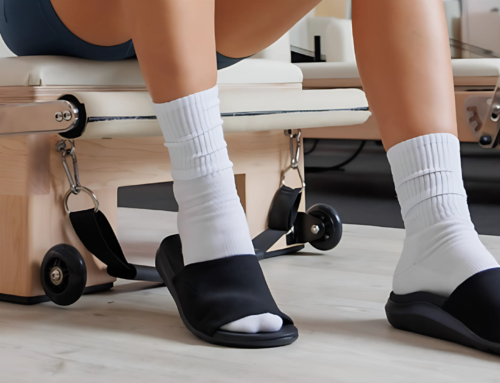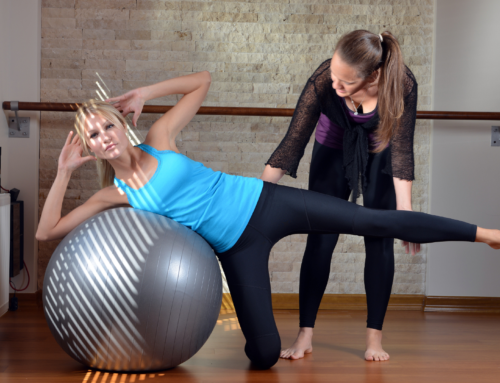Bench press has long been a favorite exercise of body builders, sports people and gym goers for development of hypertrophy and strength in the pecs, triceps and anterior deltoid. This is because it tends to get great results due to the ability to maximally load the muscles.
If you lift heavy enough and frequently enough, the shoulder joint will be overloaded and injured. This is due to the lack of shoulder blade movement while lying on the bench. The bone of the shoulder joint is then forced forward stretching the ligaments in front.
The stress in the front of the shoulder joint becomes problematic if you already have a history of shoulder pain.
Ensuring correct technique will help to minimize the inevitable overload.
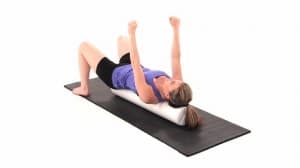
bench press
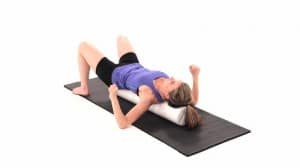
Bench press
Tips for avoiding bench press injury while weight training:
- Periodization:
Schedule breaks every 6 weeks or so and substitute exercises that allow more movement of the shoulder blade such as cable press and push ups. Even using barbells or dumbbells on swiss ball allows more movement. Gradual increases in intensity and weights will certainly reduce the load. - Roller/Towel
Place a rolled up towel or half foam roller longways along the bench, under your spine. This will help to support your spine while lying on the bench. - Technique:
Always be careful of technique i.e. controlled movement while lowering the weight, without any bouncing. Never overstretch i.e do not take the shoulder past 90 degrees when coming back to neutral position. - Range:
Reduce the range so that the bar is only lowered to 10cm above the chest. - Grip Width:
Vary your grip width regularly. Generally a narrower grip width reduces loading on the above mentioned structures.
How do Physios help with shoulder injury?
According to the Australian Physiotherapy association Physiotherapy is very effective in managing shoulder pain. In the initial phase you need effective relief of pain and swelling. The Physio will use manual therapy techniques t reduce your pain. Once settled, you will get strengthening exercises to prevent long term issues with the shoulder and rotator cuff muscles. It is important to be consistent with treatment for the best results.

